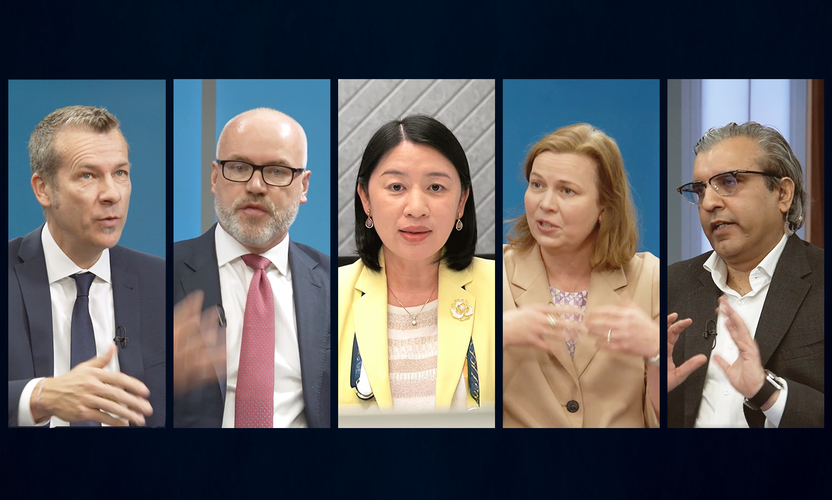Turkey implemented a series of emergency liquidity measures over the weekend following Friday’s rout; however, these proved of little solace to investors. The lira dropped by as much as 18 per cent on Friday, while credit default swaps widened by 200 basis points and one-year interest rates blew up to 26 per cent. Yet, President Recep Tayyip Erdogan still seems to have no appetite for rate hikes or international financial aid (from the IMF, for instance). Instead, he appears intent on diverting domestic attention away from the ailing economy and onto its current diplomatic spat with the US. It’s true that recent squabbles over Turkey’s refusal to extradite an imprisoned American pastor, for which the US has retaliated by sanctioning two Turkish cabinet ministers and doubling import tariffs on Turkish steel and aluminium, have been detrimental. However, Turkey’s economy was approaching dire straits well before this, beset by rocketing inflation, a persistent current account deficit and falling foreign currency reserves.
The central bank’s measures aimed to inject more liquidity into the banking system, which is under pressure from the private sector’s significant liabilities. Turkey’s foreign-denominated debt exploded in recent years as abundant liquidity and low global interest rates incentivised borrowing in US dollars to meet the demands of a growing economy. Until 2014, moves in the lira were lower than the GDP deflator (a price index that measures price inflation or deflation), making it easier to service such debt. However, the environment has changed, and the plummeting lira makes it more expensive for domestic borrowers to service foreign denominated-debt.
Turkey’s net international investment position is now -53 per cent of GDP, placing it in a vulnerable spot when global interest rates rise and/or the lira depreciates. With more than $200 billion in refinancing costs every year and markets now shut to Turkish corporates, the central bank had two choices: either hike interest rates to make the return in Turkish assets attractive enough to lure short-term investors, or provide banks and corporates with enough US dollar liquidity to meet their debt-servicing obligations.
Hiking rates seemed out of question for Erdogan, whose focus has appeared to be on Turkey’s precarious foreign policy rather than fixing domestic macroeconomic imbalances. Therefore, the only alternative was to inject liquidity. However, this is unlikely to settle markets for long, given short-term maturities are higher than current foreign-exchange reserves. Turkey’s gross international reserves amount to only around $80 billion, $40 billion of which is already owned by domestic banks.
The endgame is difficult to predict. In previous emerging market crises, measures such as IMF support, interest rate hikes and other fiscal tightening policies, capital controls and/or structural reforms helped to restore stability. Erdogan may try to persist in his current approach until the US Congressional midterm elections in November, given he considers President Donald Trump’s hardline stance to be largely politically motivated. However, without an orthodox response, markets will continue to price in the risks of capital controls or other less appealing policies such as the creation of a ‘bad bank’(essentially the nationalisation of banks in financial trouble) and additional liquidity measures, which would only deplete international reserves further and fuel inflation concerns. The net result will be more downside risks for sovereign debt, foreign exchange and rates, until markets find a floor that take into account recovery values.






































